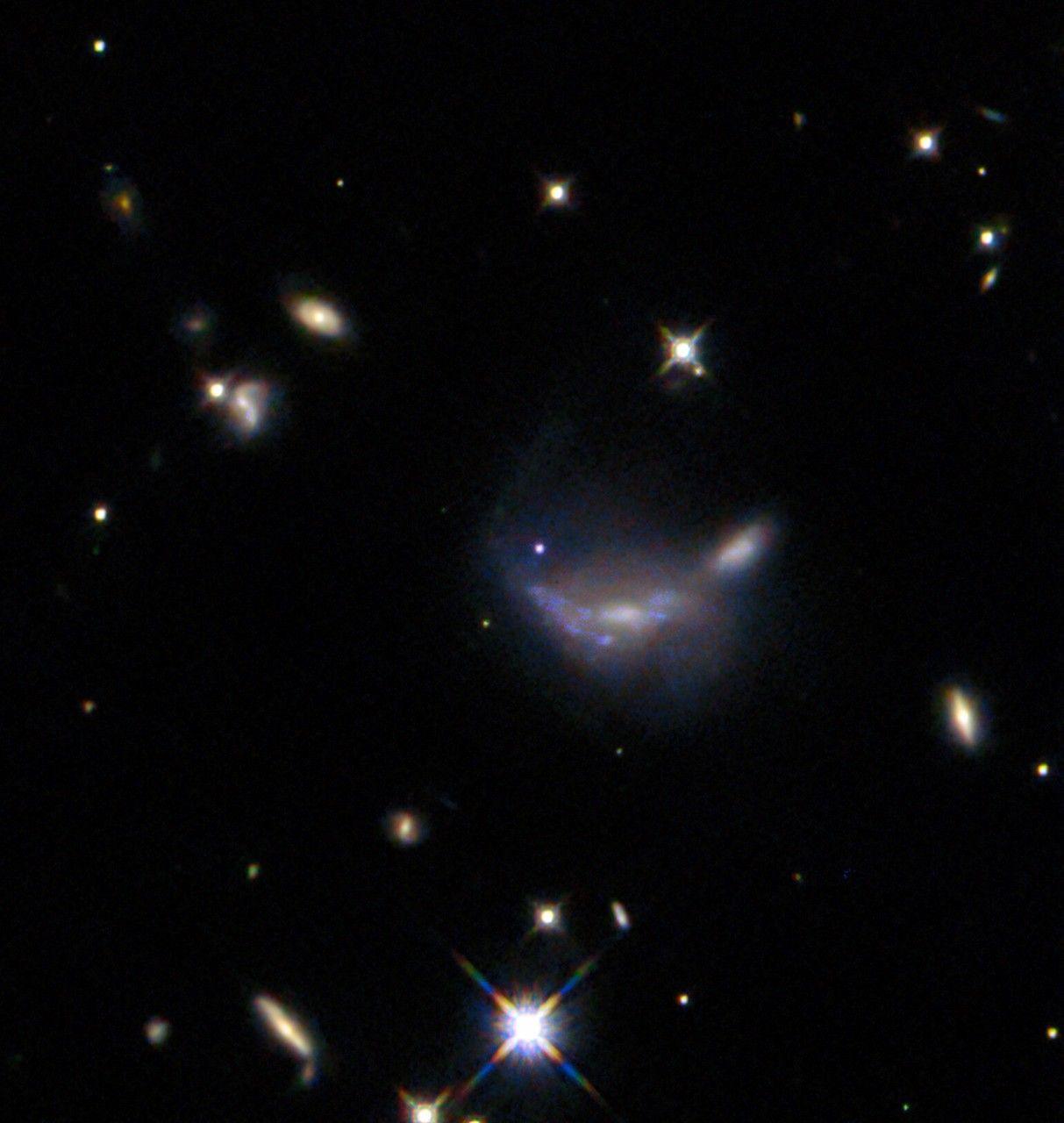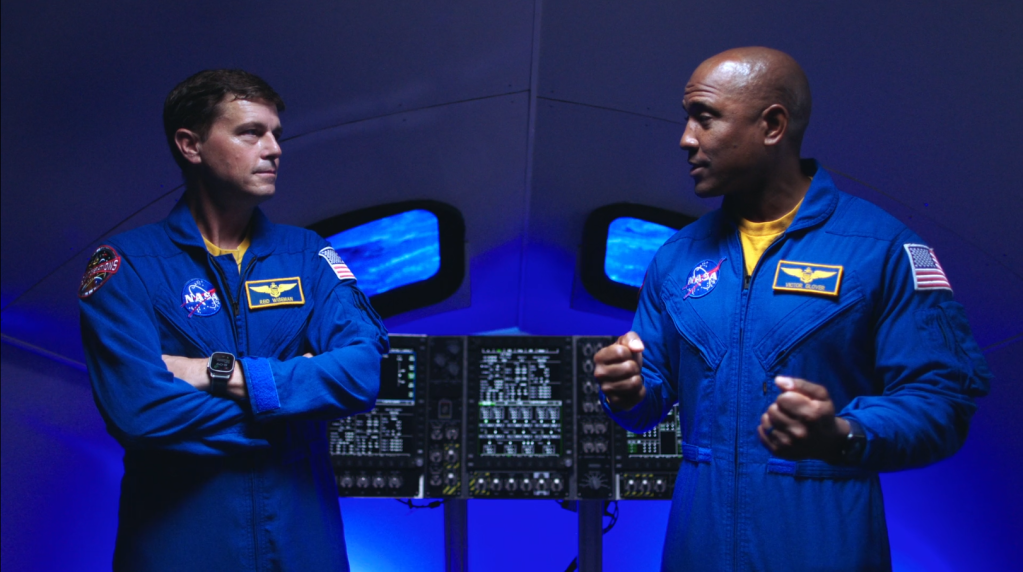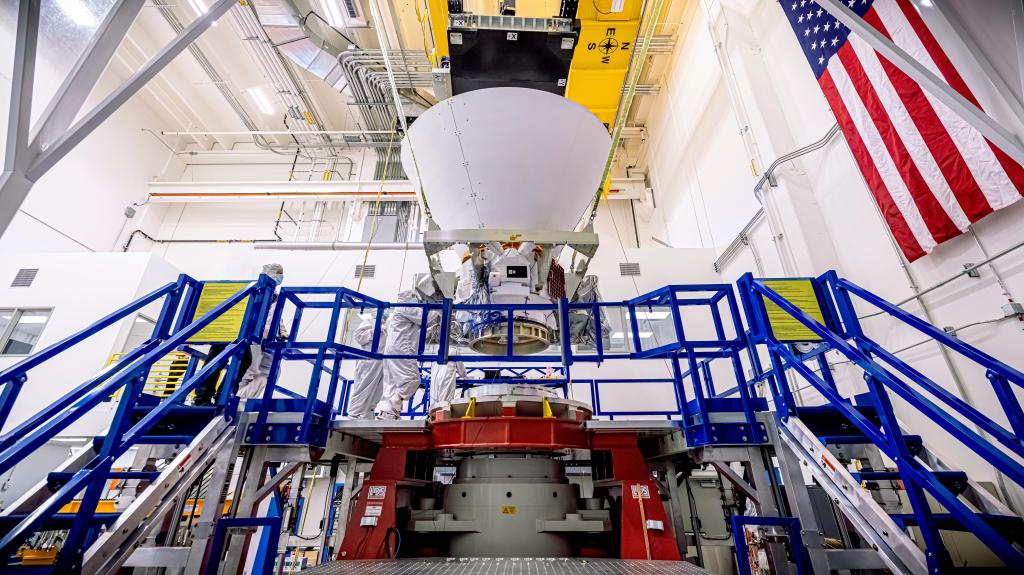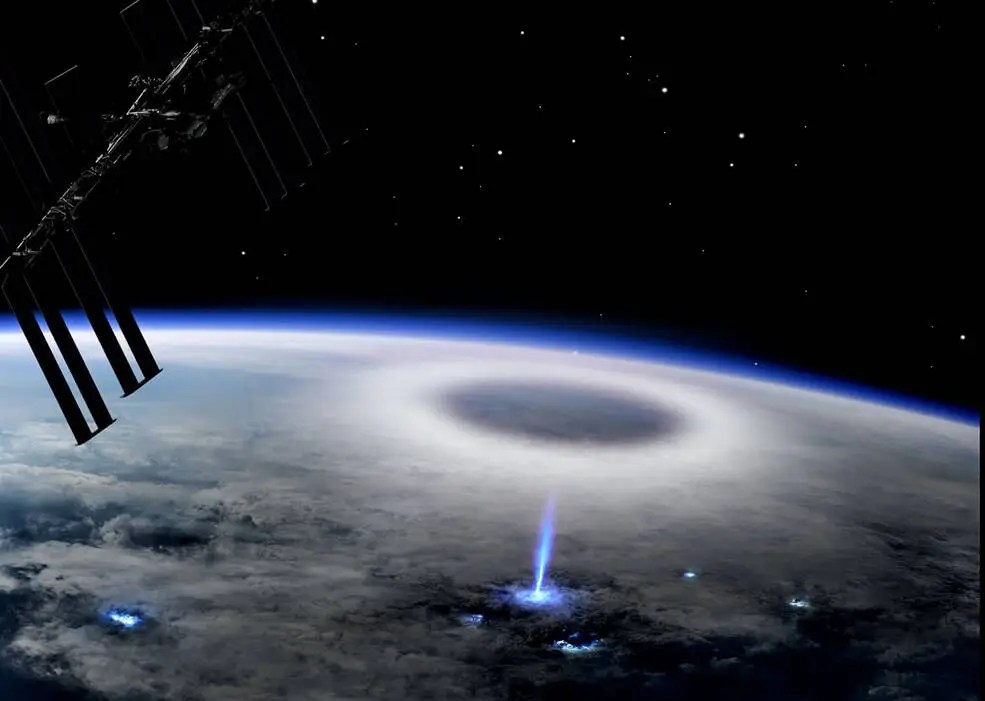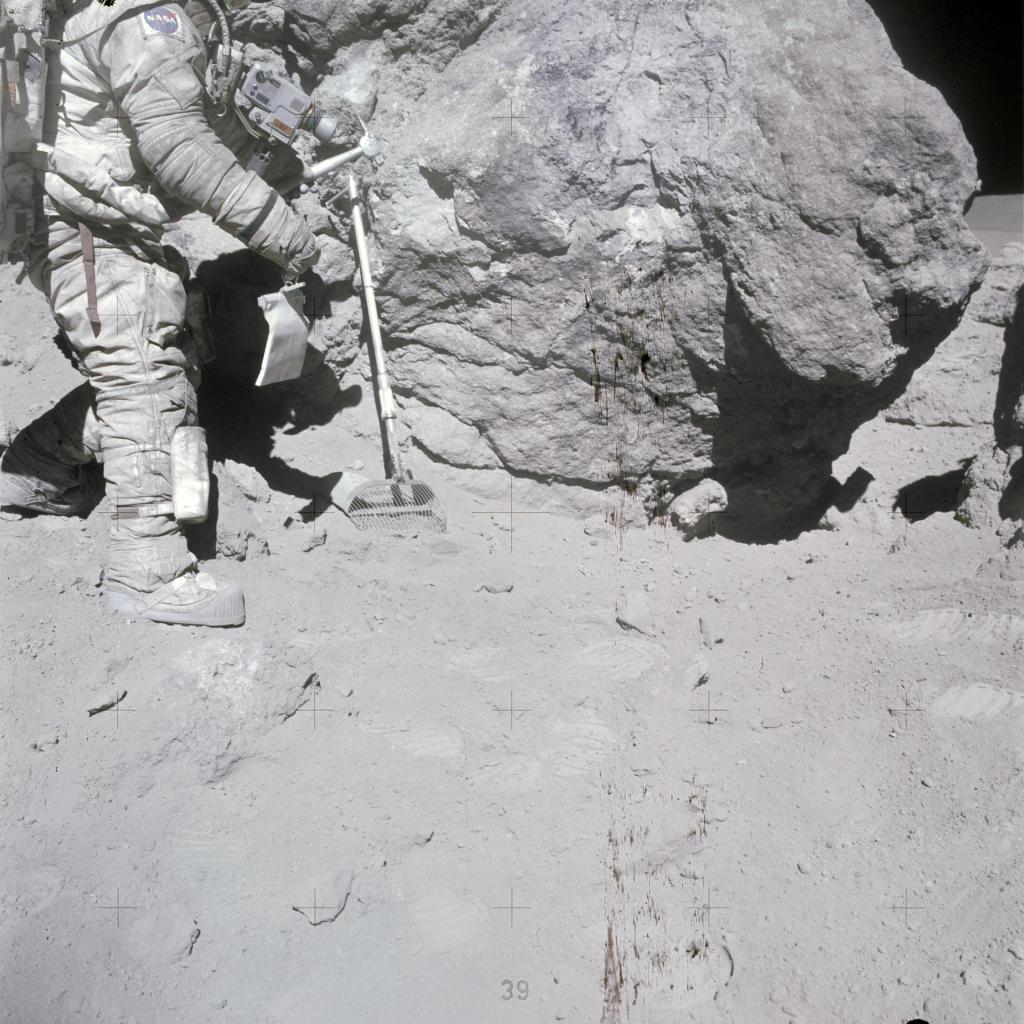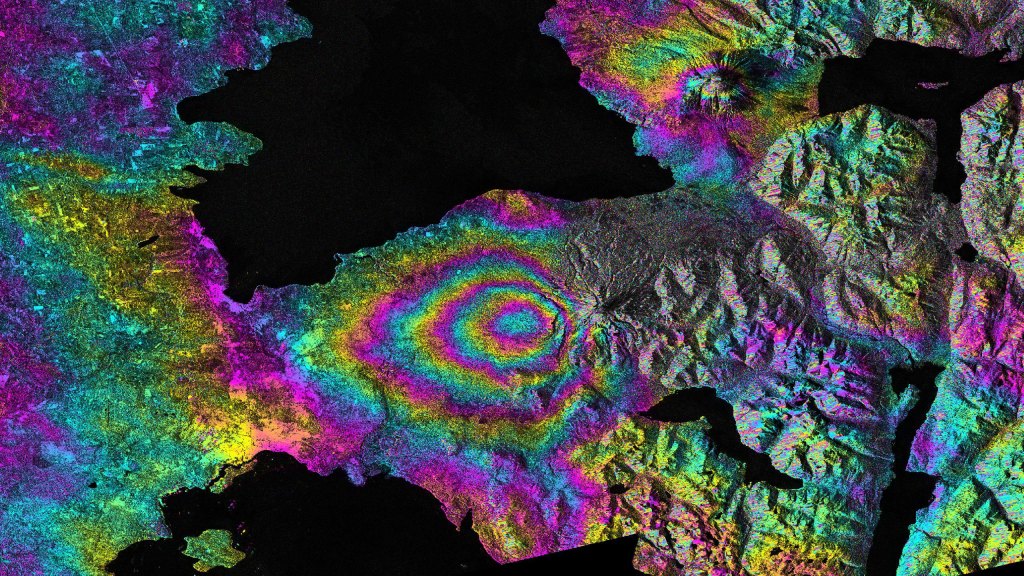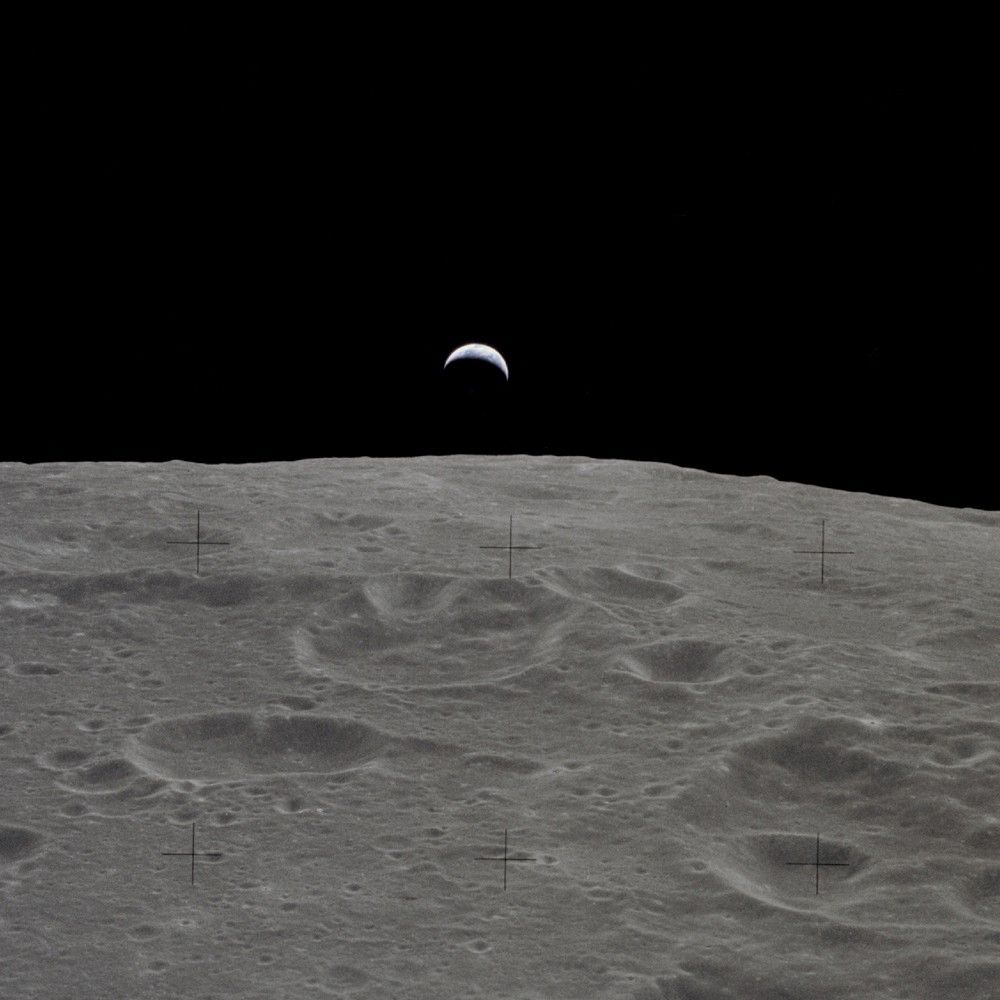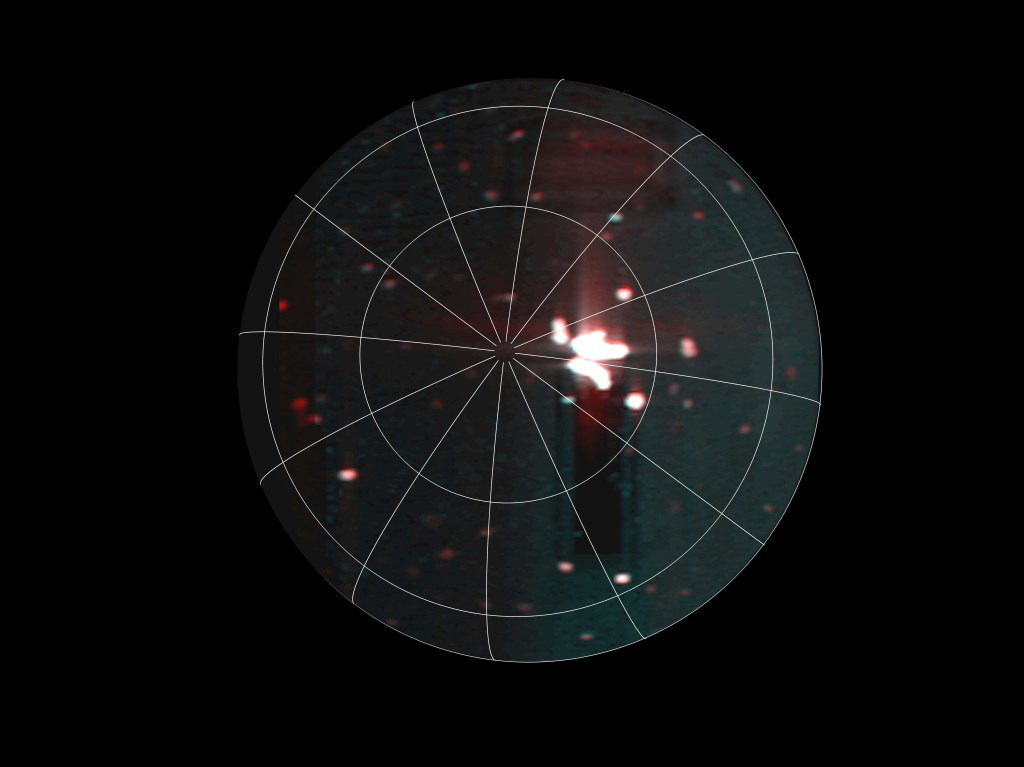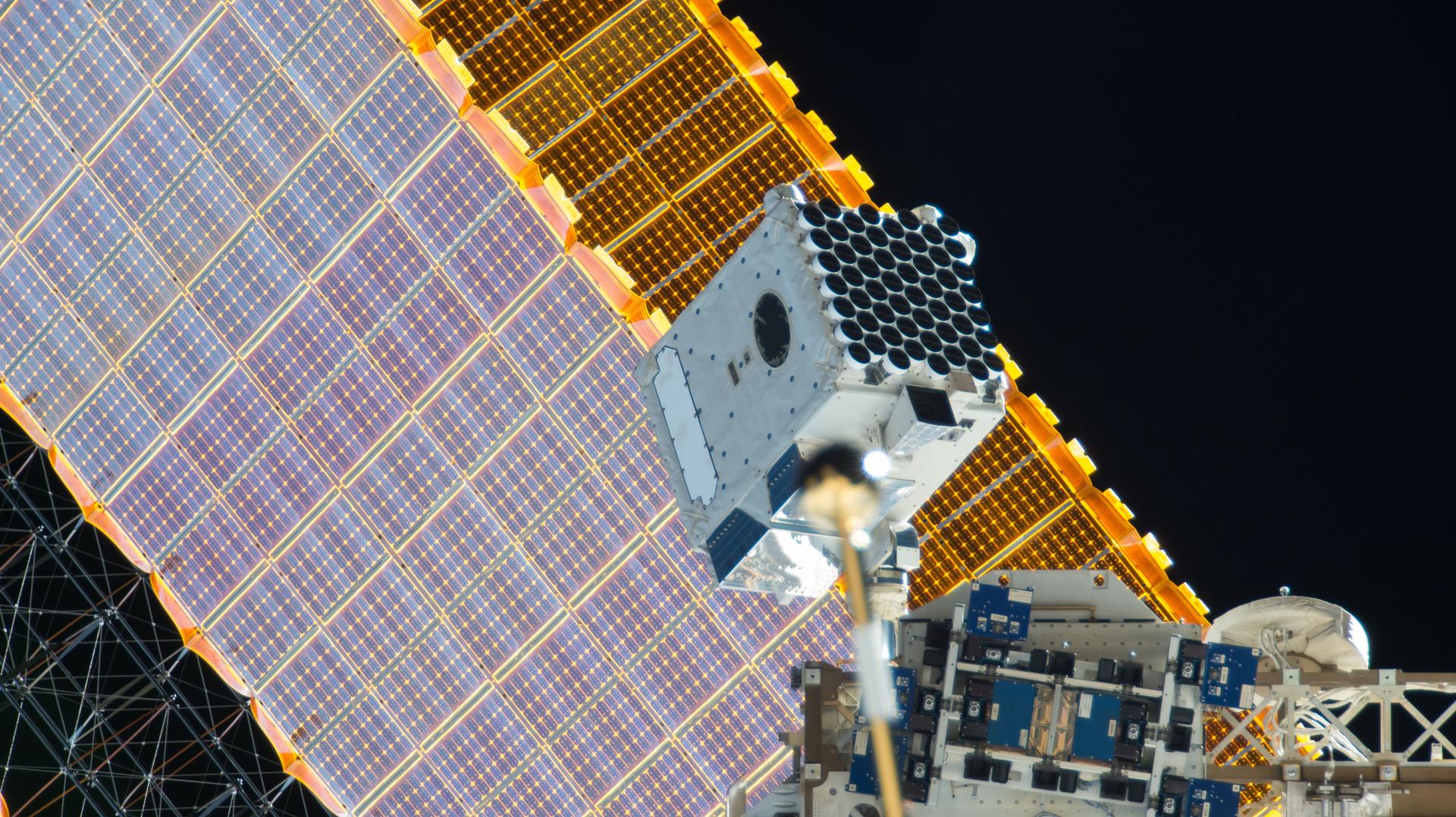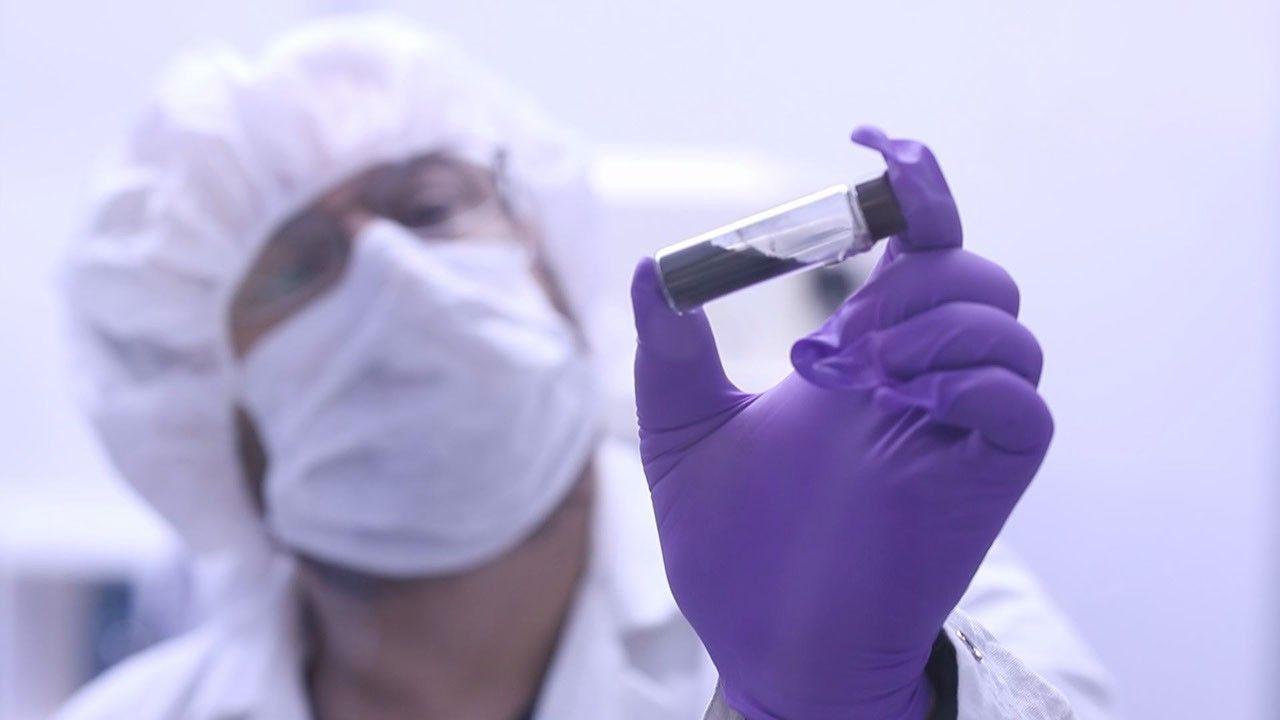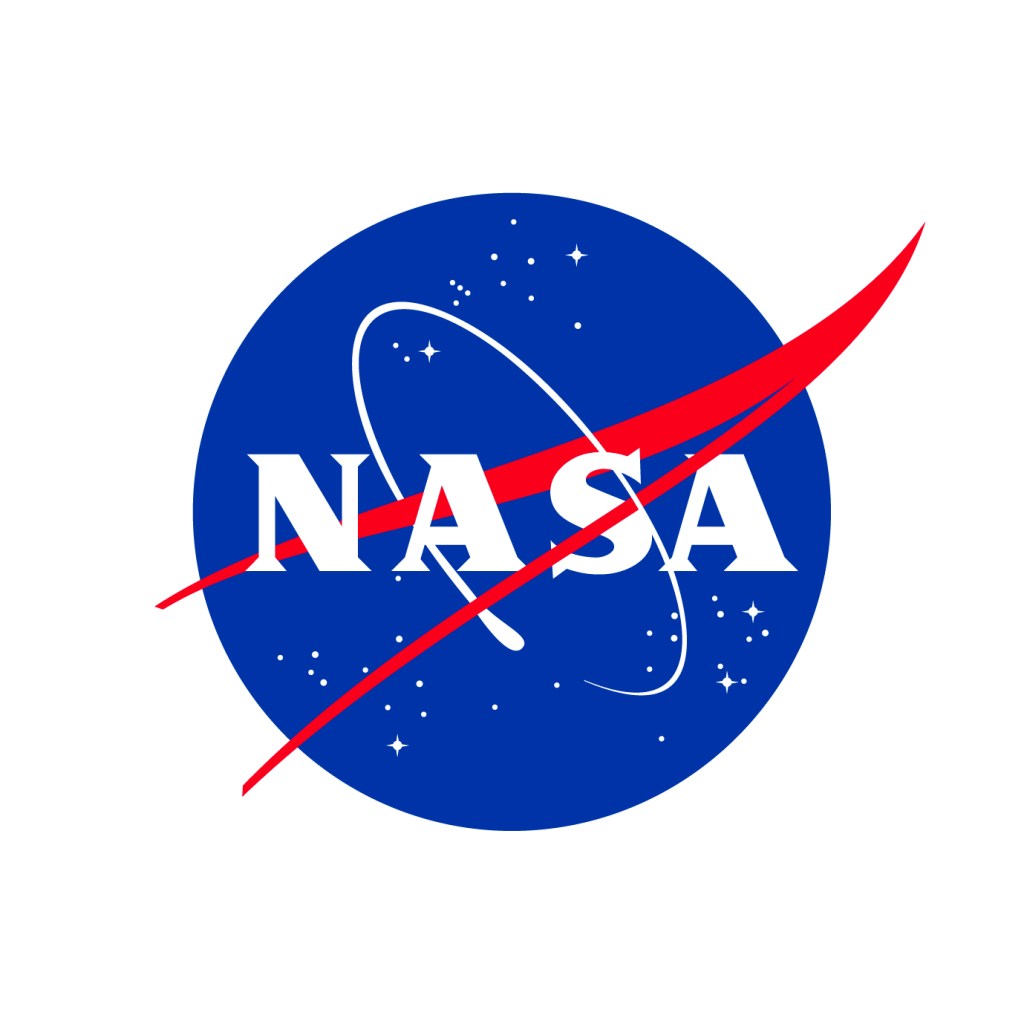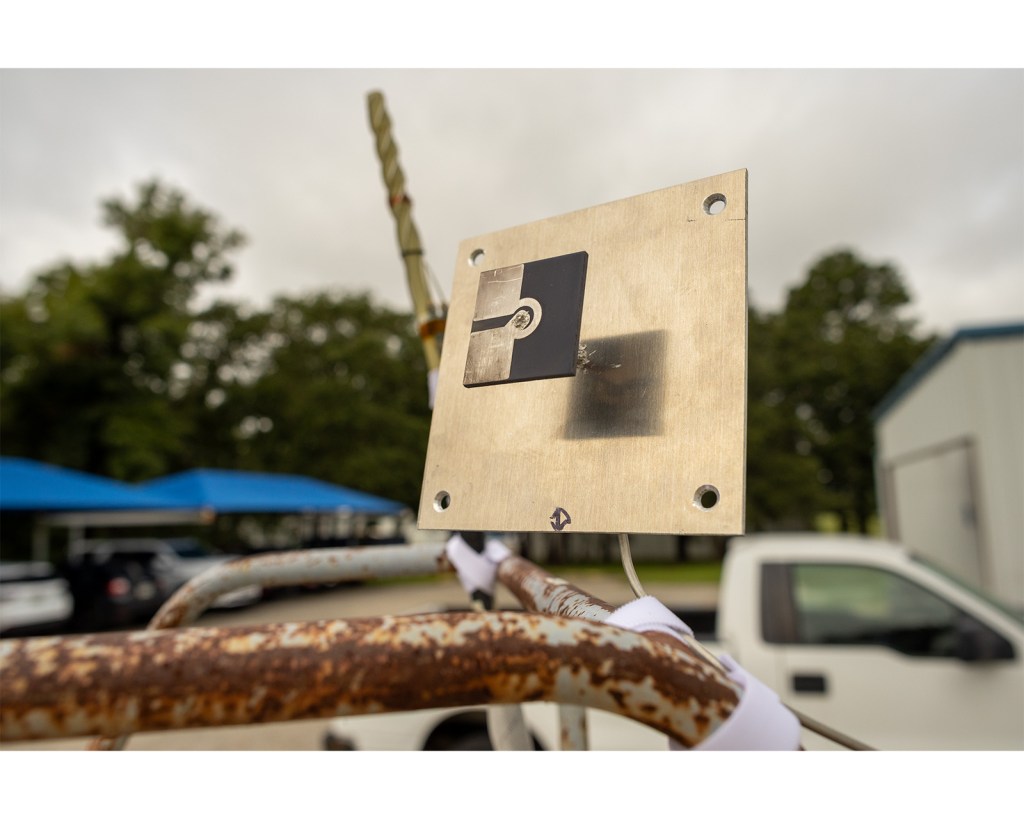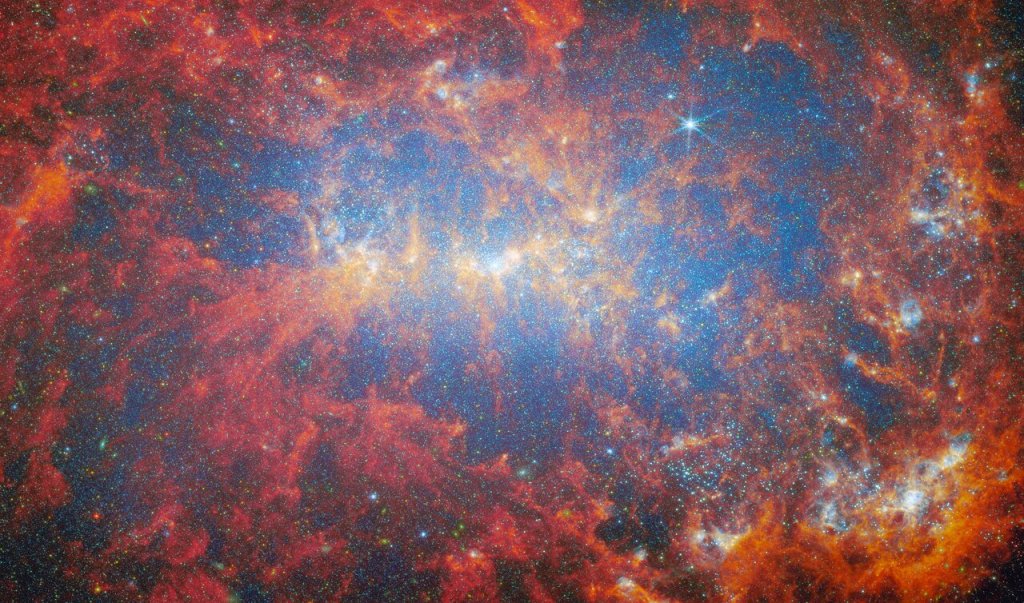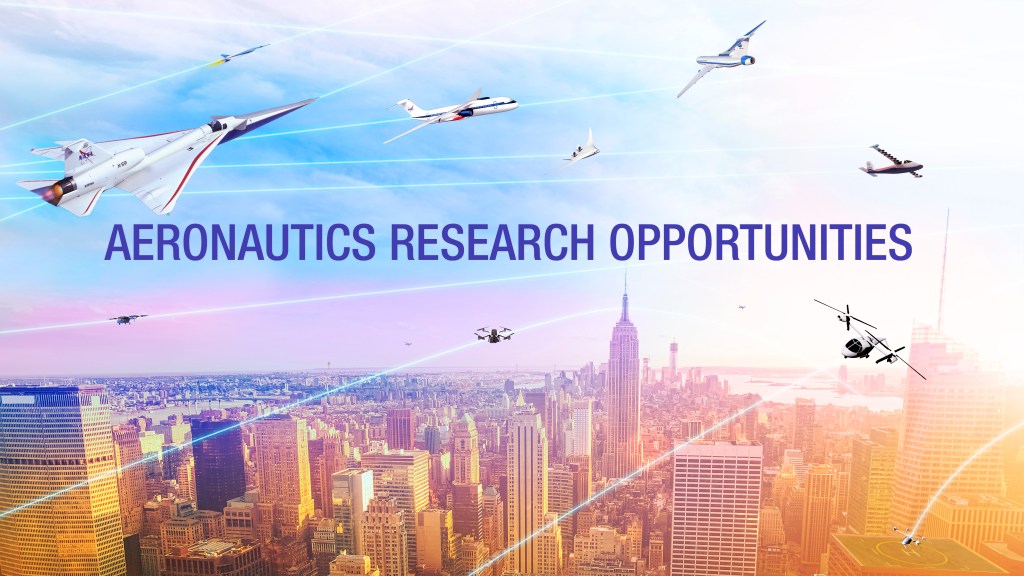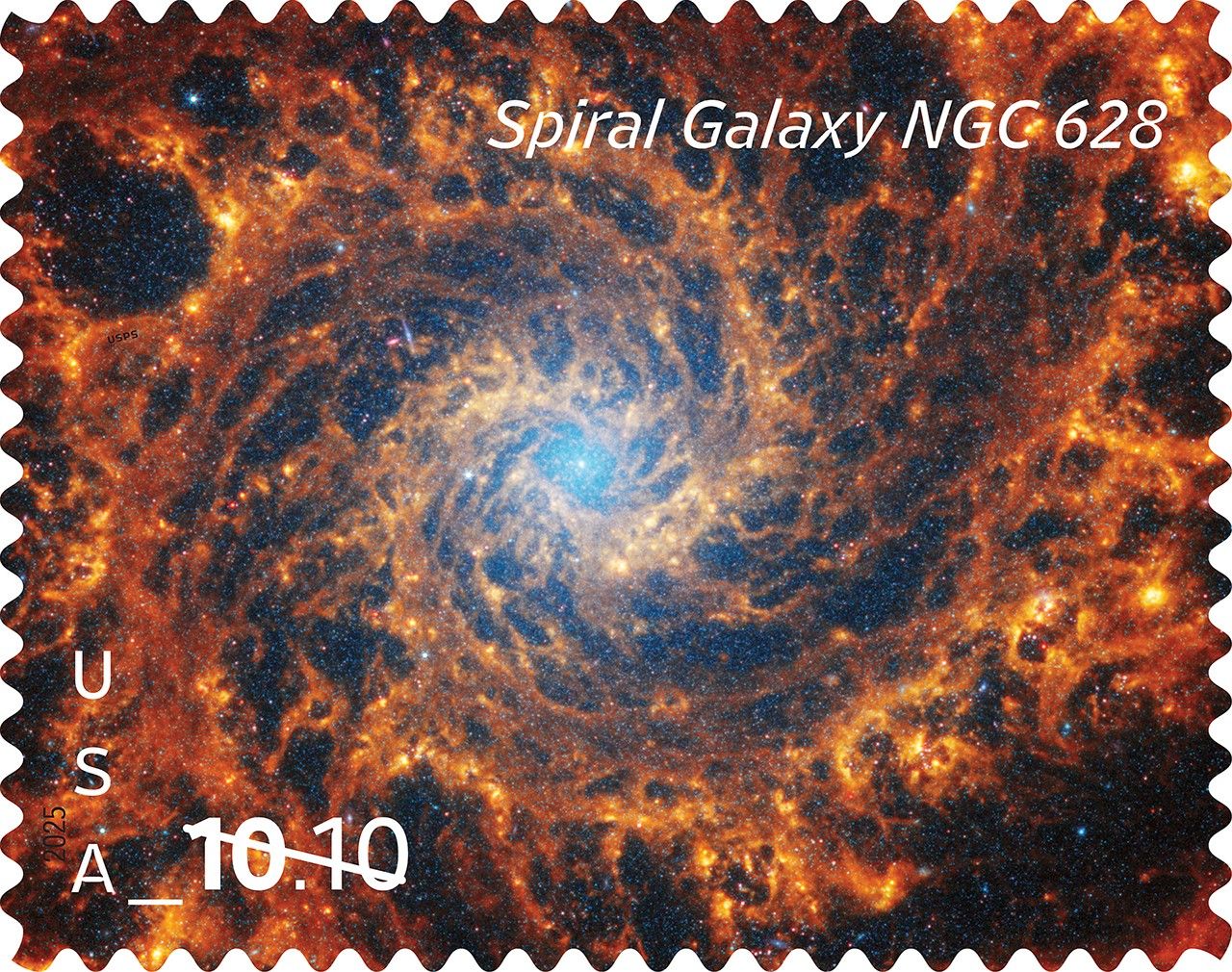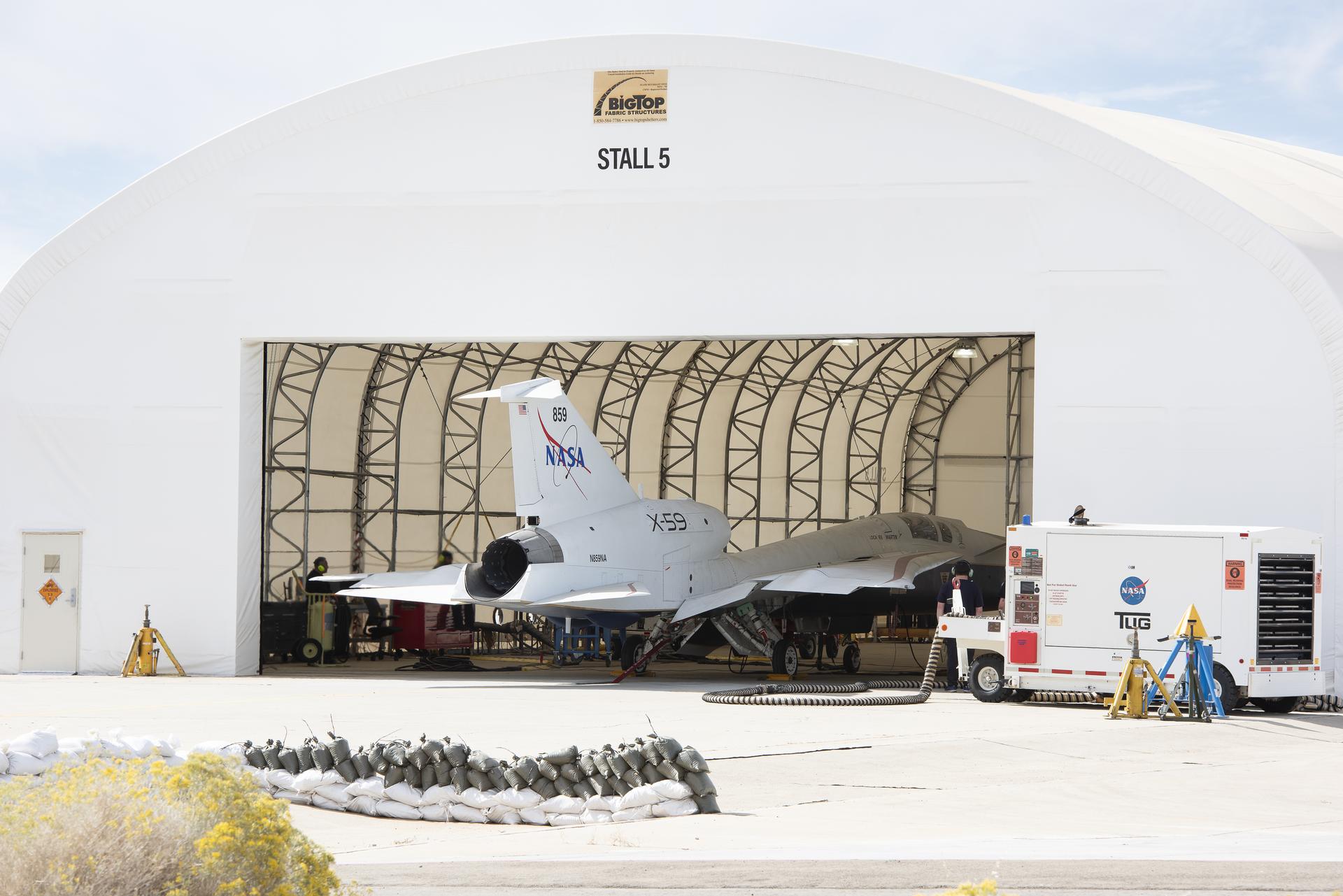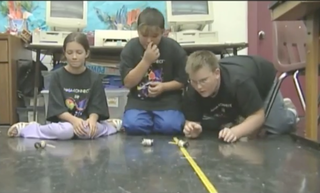
Audience
Educators
Grade Levels
Grades 5-8
Subject
Engineering Design, Mathematics, Physical Science, Technology, Forces and Motion
Type
Educator Guides, Lesson Plans / Activities, Other Multimedia
Time Required: Approximately 2 hrs. 30 min.
How many people are involved in a successful mission? This program focuses on the teamwork required to produce a successful mission and the importance of statistics in project design and management. Using the video and a hands-on lesson, students learn about statistical analysis and how people use statistics, such as mean, median, mode and range, to make decisions. Members of the Penske Racing Team and engineers from Pratt & Whitney Rocketdyne help students investigate the relationship between work, energy and power as they look at race car design, the space shuttle and the International Space Station.
Host Derek Wang, NASA engineers and scientists pose inquiry-based questions throughout the video, allowing students to investigate, discover and think critically about the concepts being presented. When viewing the video, educators should pause the program at the designated times in the segments so students can answer and discuss the questions. Use the activity in the educator guide to reinforce the concepts discussed in the program.
Objectives: Students will
• Construct a model.
• Make observations, collect and interpret data.
• Calculate the mean, median, mode and range of a data set.
• Measure linear distances using metric units.
• Use data to improve car design.
• Work cooperatively in teams.
Team Extreme: The Statistics of Success Educator Guide [662KB PDF file]
Watch NASA CONNECT — Team Extreme: The Statistics of Success

